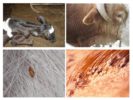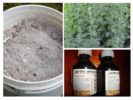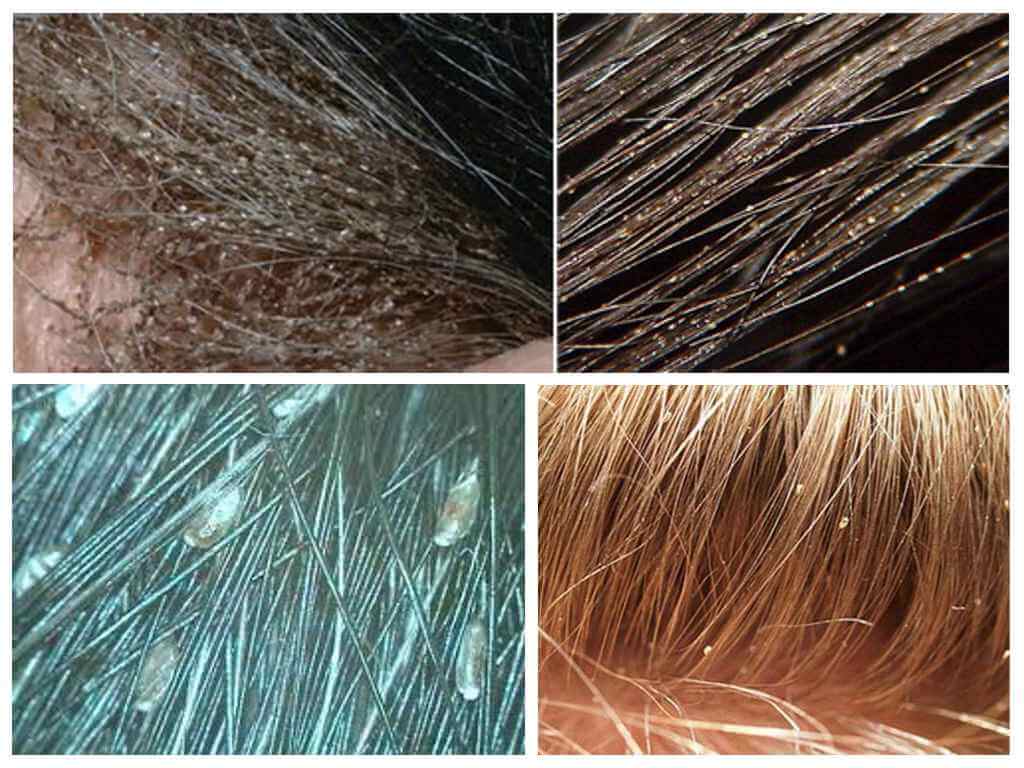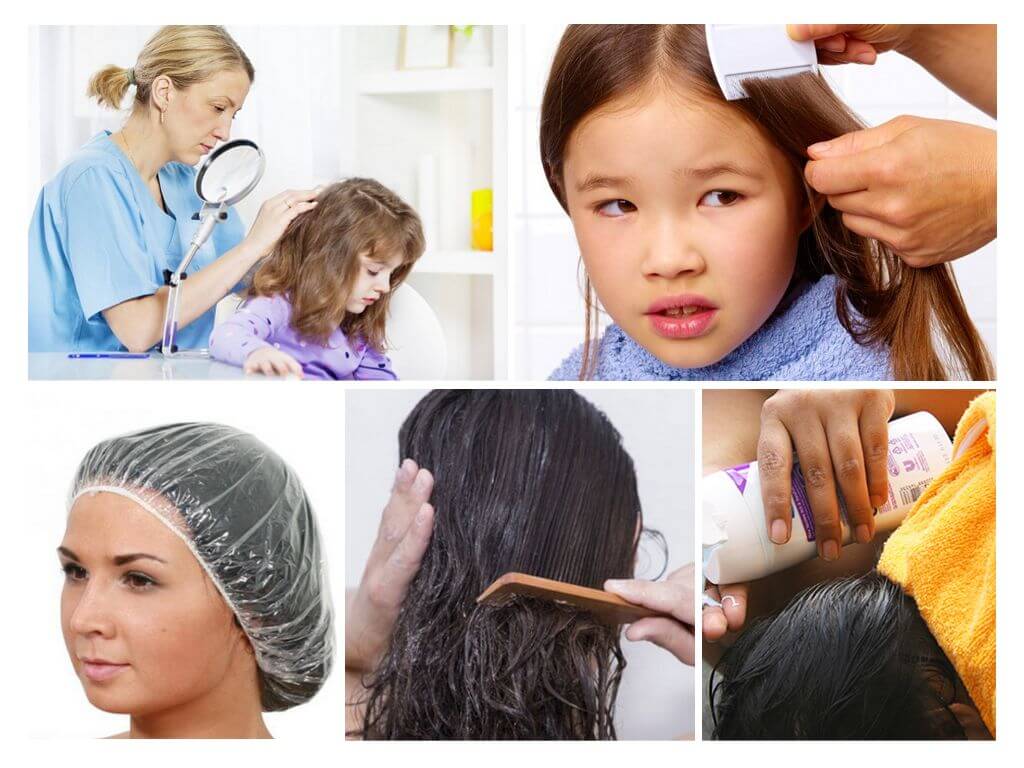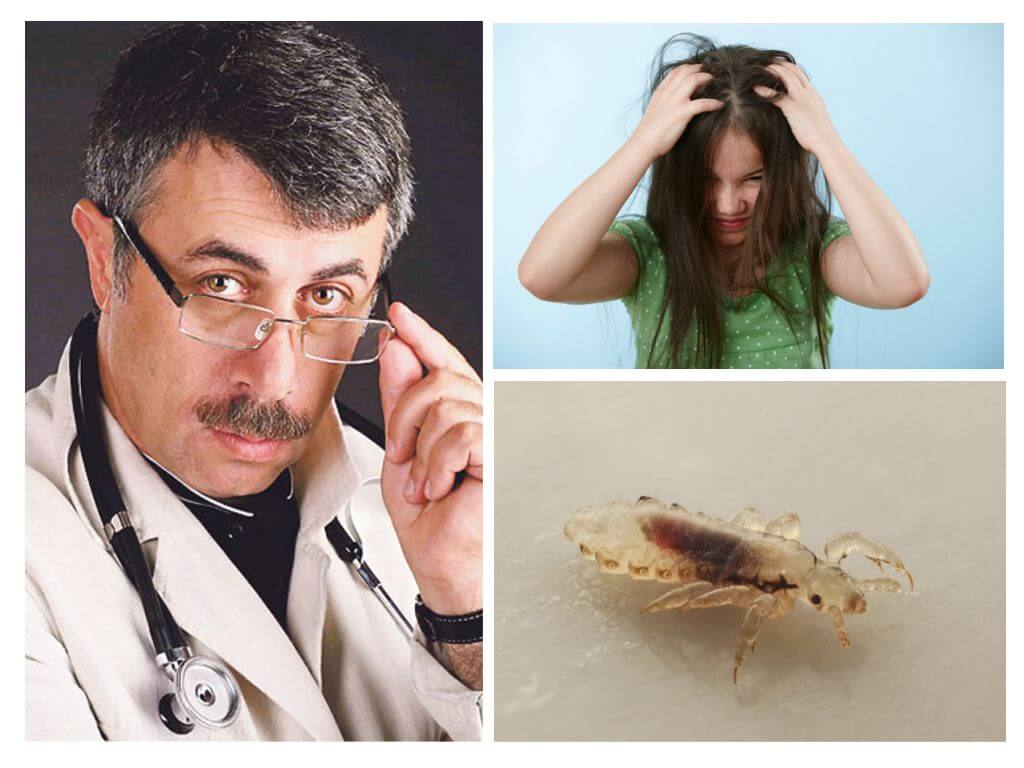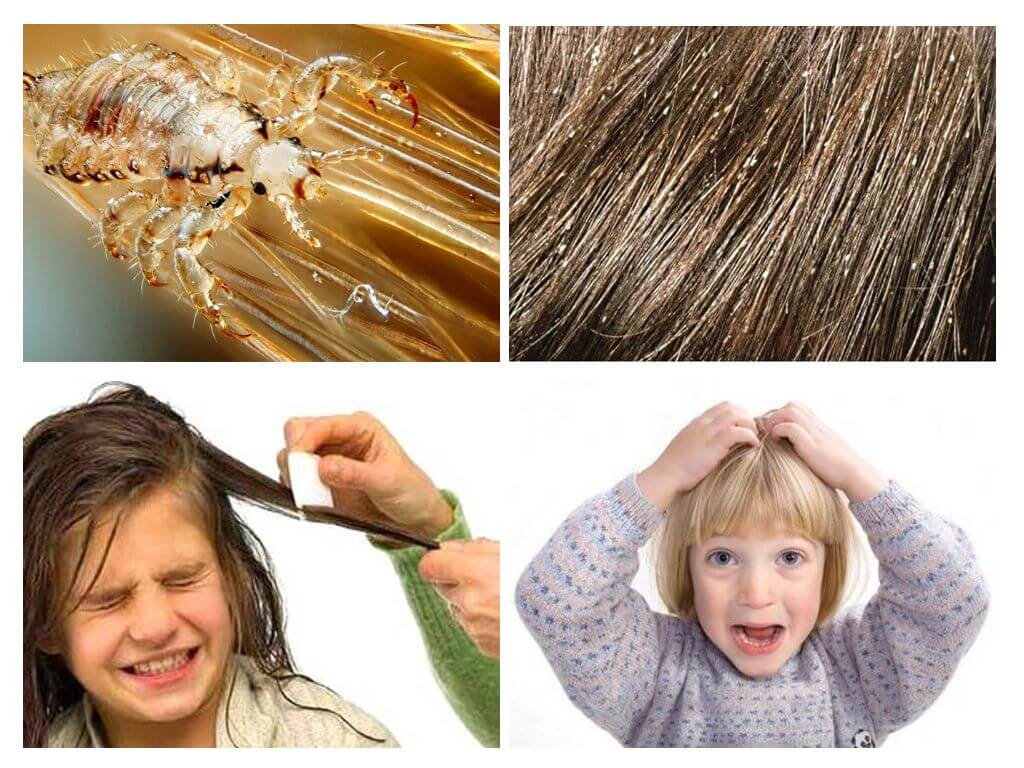- Cow Lice
- Lice Medication
- Home Remedies for Lice
Pediculosis in cattle is as common as in humans, other animals. The source of the disease is lice infecting cows, calves, horses, pigs, goats. A small insect with a body length of up to 5 mm feeds on blood, lives about 45 days, lays eggs on the hairs of a wool coat. Lice in cows in the photo give a visual representation of how a lousy animal looks.
Signs of pediculosis in cows
Cattle lice are most likely to start due to inappropriate maintenance. A dark room, unsanitary conditions, a dirty body of a cow create favorable conditions for the reproduction of ectoparasites.
Signs of lice in cattle:
- A change in behavior - agitation, aggressiveness, abrupt jumping up for no apparent reason. Or apathy, lethargy, powerlessness.
- Trembling, constant desire to scratch on a tree, hedge, other suitable structures.
- Weight change - cows lose their appetite, stop eating, lose weight.
- Deterioration in milk yield. The nervous animal is experiencing severe stress, which affects his physical health, mental. The amount of milk is reduced.
- Bites, tubercles, abrasions, scratches are visible on the skin.
- Lice in calves do not allow young growth. With severe infection, the animal is exhausted, leading to death.
Lice in cattle are localized on the head, neck, in the horn, near the tail. Parasites feed every 2 hours, the process takes about 40 minutes. During the bite, a special substance is released that dilutes the blood. It also causes a strong allergic reaction in the form of intolerable itching. The cow is exhausted physically, mentally, runs the risk of contracting more serious diseases.
Lice are carriers of protozoal, bacterial, and viral infections. The insect does not infect directly in contact with blood. But if it is crushed, spray with pathogens gets on the wounds of the animal, infection occurs.
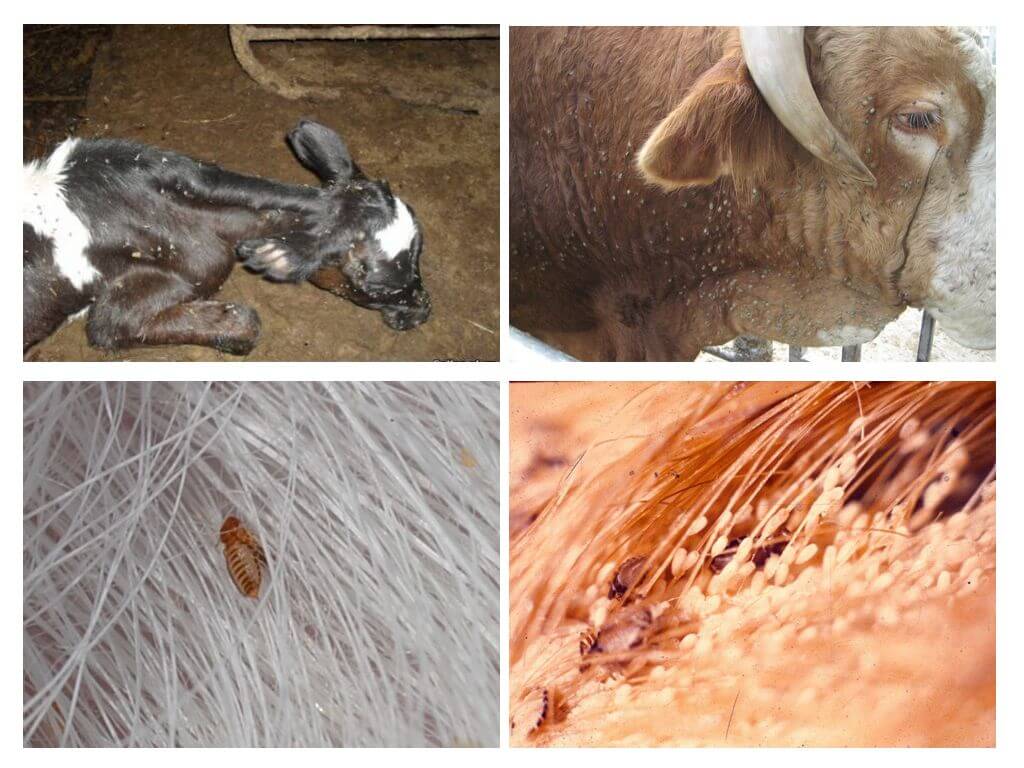
What lice look like in cows, calves
To determine how to treat the animal, you need to deal with the disease. Inspection is carried out on the street or in a well-lit place. It is better to use a magnifying glass or a magnifying glass.
Wounds, abrasions, bites on the body do not give reason to believe that the cow is ill with pediculosis. Similar symptoms occur with tick-borne infection, bites of gadfly, flies. Need to find parasites. Often found cows. Both parasites have a similar lifestyle and appearance.
An adult insect has an inconspicuous color, quickly moves. You can notice it only with a strong infection and a thorough examination. Attention should be paid to the presence of nits. They are always motionless, attached to the hairs on the head, neck, in the area of the horn, tail.
Lice eggs up to 1 mm in size, bright, oval. Under the magnifying glass you can see the cap at the base, dark spots inside - the larvae. Initially, it may seem that it is dirt, dust. But when you try to shake it all off, nothing comes of it. Nits are so firmly attached to the hairs that they can be removed with special effort.
The incubation period is 10-14 days. Every day, the female lays about 4 eggs. Larvae immediately after birth begin to parasitize. After another week, adults become capable of reproducing. In a month, the cow lice develops in full swing.
Professional treatment
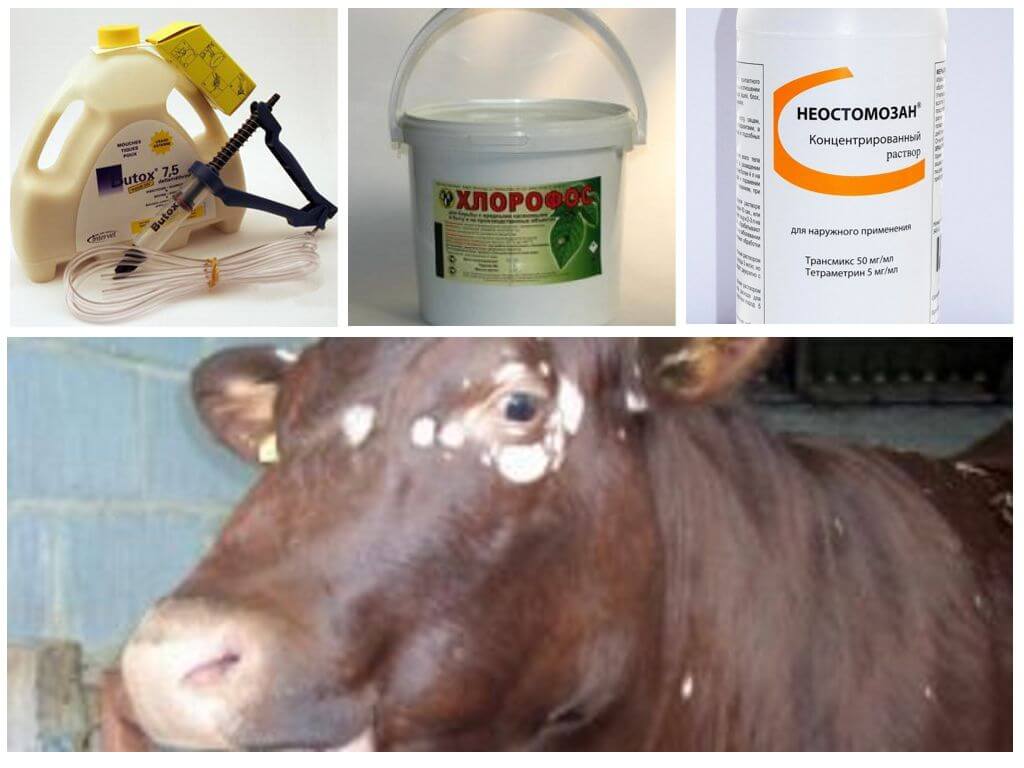
Cow lice can appear at any time of the year, but more often this occurs on warm days. In the fight against lice, it is necessary to take into account the fact that not a single remedy acts on nits. It will take 2-3 treatments with a frequency of 7 days. In this case, nymphs appear, but do not have time to give new offspring. To consolidate the result, it is recommended to carry out the final third treatment.
Drugs for cattle for lice are sold in veterinary pharmacies. In most cases, they are used externally, but can be administered by injection. The insect drinks blood with a substance dangerous to it, dies.
From lice in cows, veterinarians recommend:
- 0.5% chlorophos solution. They process the ridge, head, neck, and the area around the tail. The action of chlorophos is strong, but short-lived. Kills nymphs, imago. Loses effect during the day.
- Stomazan, Neostomazan, Ektomin-K. Bred according to the instructions, process the wool.
- Vermek. A broad-spectrum therapeutic drug. Enter by injection. Destroys all ectoparasites.
Reprocessing is carried out in a mandatory case. It is not recommended to use insecticides for pregnant cows, young calves. In such cases, the treatment of pediculosis is carried out by folk remedies. When using insecticidal preparations, milk should not be used as food or given to calves for 3-5 days.
Treatment with folk remedies
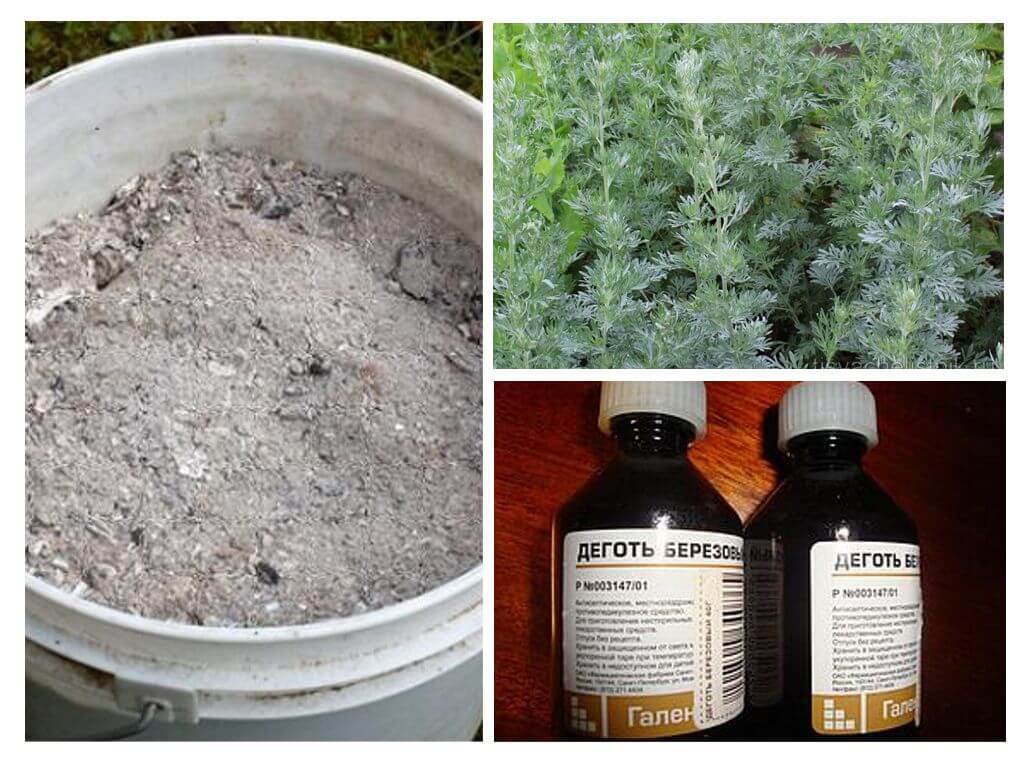
Cow lice are common. Almost all livestock breeders face this ailment. There are many folk recipes that effectively treat lice, are safe for animal health, do not affect the quality of milk and allow treatment at home:
- Wood ash. Grate animal hair in places where lice often settle. It’s not worth zealous because the substance irritates the skin. Handling is indicated for cows, calves. The elimination of lice is carried out within 2 weeks.
- Sagebrush. Cook a decoction. Plant flowers pour 1000 ml of boiled water. Insist 30 minutes. Mix with hellebore water (sold ready at the pharmacy), add 3 pieces of tar soap grated on a grater. Wash animals daily for 5 days, then repeat after a week. You can withdraw lice in 20 days, taking into account the break.
- Birch tar. Apply medicine on the ridge, neck, between the horns, near the tail. It helps a lot from cow lice and other blood-sucking parasites. You can cure it in 10 days.
Treatment with folk remedies allows you to get rid of head lice in 2-3 treatments. The animal will not be physically affected, it is not dangerous to drink milk for the owners, calves.
For the prevention of lice, it is recommended to periodically use repellents from parasites - Hexamide, Dicresil. To use folk recipes - a decoction of wormwood, birch tar. In parallel, it is necessary to carry out processing of premises, to monitor the cleanliness of the crib. Any method requires a second course of treatment after 14 days.
